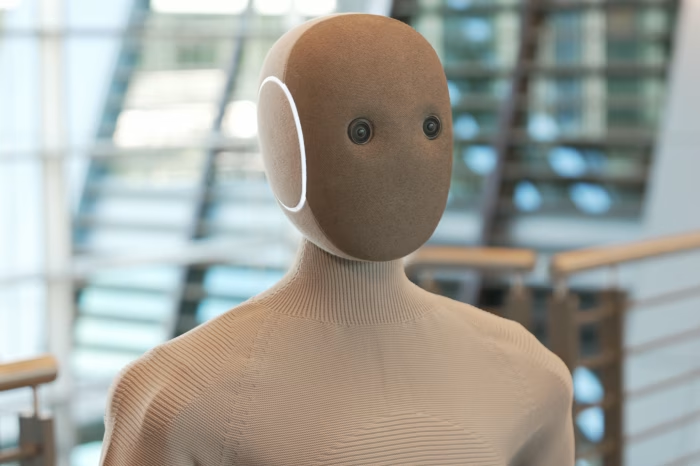
1X Neo: The First Real Humanoid Robot You Can Actually Own
Meet 1X Neo, the first real humanoid robot built for homes and workspaces. It walks, learns, and helps like a human. Preorders open now, shipping in 2026.
Sam Altman’s Merge Labs is pioneering non-invasive brain-computer interfaces using ultrasound and AI—ushering in the next era of neurotech innovation.

Imagine being able to think your next query—and immediately receive an answer.
That is the world that Sam Altman is chasing now. He’s stepped beyond chatbots and large-language models, venturing into the terrain of the mind itself.
Altman is co-founding a new startup called Merge Labs, which targets non-invasive brain-computer interfaces.
The technology will rely on ultrasound combined with gene therapy—rather than invasive brain surgery—to decode brain activity.
According to reports, Merge Labs is seeking significant funding (≈ US $250 million) with a valuation around US $850 million.
Altman and his team are betting that the future of human-machine interaction will not depend on drilling electrodes into the brain—but on gentler, scalable, non-invasive methods. If successful, this interface could transform how we compute, communicate and even conceive of thought.
Many brain-computer interface (BCI) firms (such as Neuralink) rely on invasive implants. Merge Labs is charting a different path: using ultrasound and gene therapy to interface with neurons, without surgery. This approach offers major advantages: fewer risks, increased accessibility and greater scalability.
Altman has tapped renowned biomolecular engineer Mikhail Shapiro (from Caltech) and partnered with Alex Blania to launch this venture. Investor interest is heavy, indicating this is more than a side project.
Thought-to-text / thought-to-action: The brain could send commands without typing.
Assistive technology: Individuals with paralysis or disabilities could gain new communication channels.
Augmented cognition: AI agents embedded inside our neural ecosystem.
Human-AI merging: Not just using AI, but blending with it.
This is convergence: hardware + software + neurobiology. Altman is shifting from pure AI models into embodied systems that link brain and machine.
If successful, the interface raises profound questions: cognitive data privacy, access equity, regulation of thoughts. How will we safeguard and govern a technology that potentially reads or interfaces with human intention?
Whether you’re a developer, creator, or tech-curious professional—this could change your input channel. Your next UI may be neural, not touch-based. Your next GPU might serve your mind directly.
Product roadmap: When will Merge Labs ship a usable device or proof-of-concept?
Safety and ethics: Gene therapy + neural interfacing are high-stakes.
Cost & accessibility: Will the technology be available broadly—or limited to elite users?
Regulatory terrain: Neurotech interfaces will face intense oversight and public scrutiny.
“I would definitely not sow something to my brain that would kill neurons like other interfaces do.” — Sam Altman
Sam Altman’s next startup isn’t simply another tech venture—it’s a glimpse at how we ourselves might evolve alongside AI. Merge Labs could become the platform where mind meets machine—not via voice or keyboard—but through our neural fabric.
If it works, it won’t just alter how we compute—it might change who we are.
It’s thrilling, a little daunting—and absolutely worth watching.
https://www.theverge.com/column/806666/sam-altman-merge-labs-brain-computer-interface-startup-hire
Continue exploring these related topics

Meet 1X Neo, the first real humanoid robot built for homes and workspaces. It walks, learns, and helps like a human. Preorders open now, shipping in 2026.

Discover how AI makes product management 40x faster, as revealed by Sahil Lavingia. Explore how o1 Pro, v0, and DeepSeek-R1 are revolutionizing

The new model understands intent better than you can type it. Here is why the days of fighting with complex prompts might finally be over.